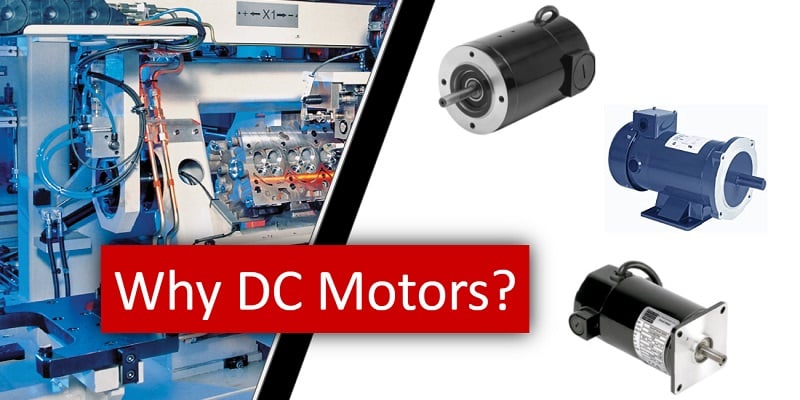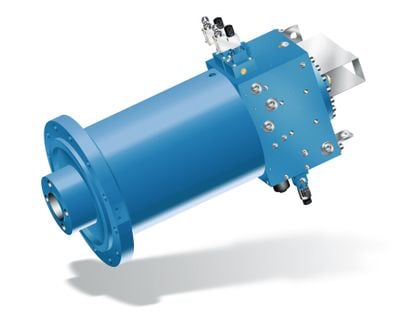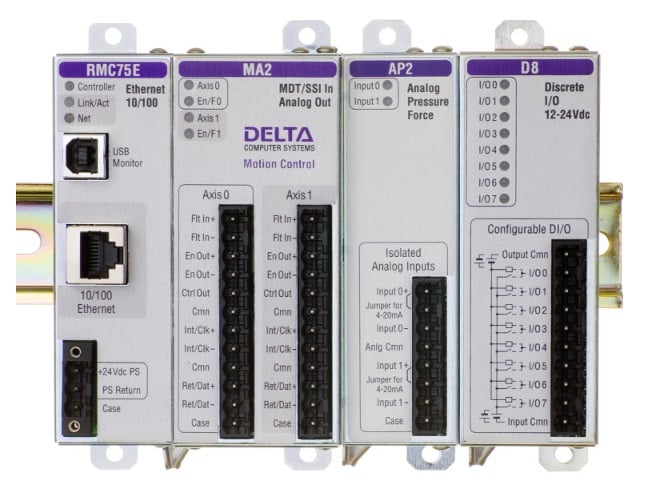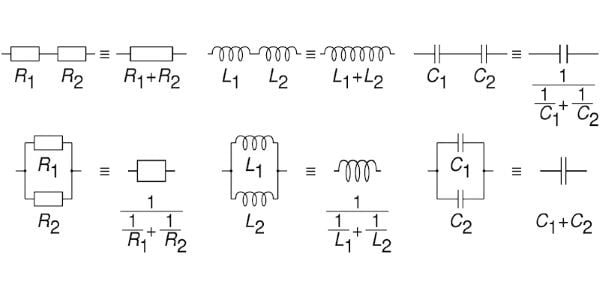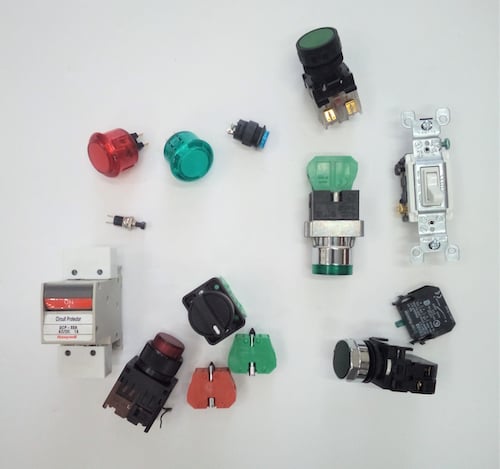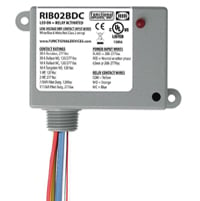Teardown: What’s Inside a 3-Phase Induction Motor?
Coil, field winding, rotor, stator, eddy current… When it comes to motors, there are numerous terms that describe the theory of operation, but what is inside a 3-phase motor? Take a look, and learn how they work. One of the most common devices to find inside any industrial operation is the 3-phase induction motor. These … Read more


